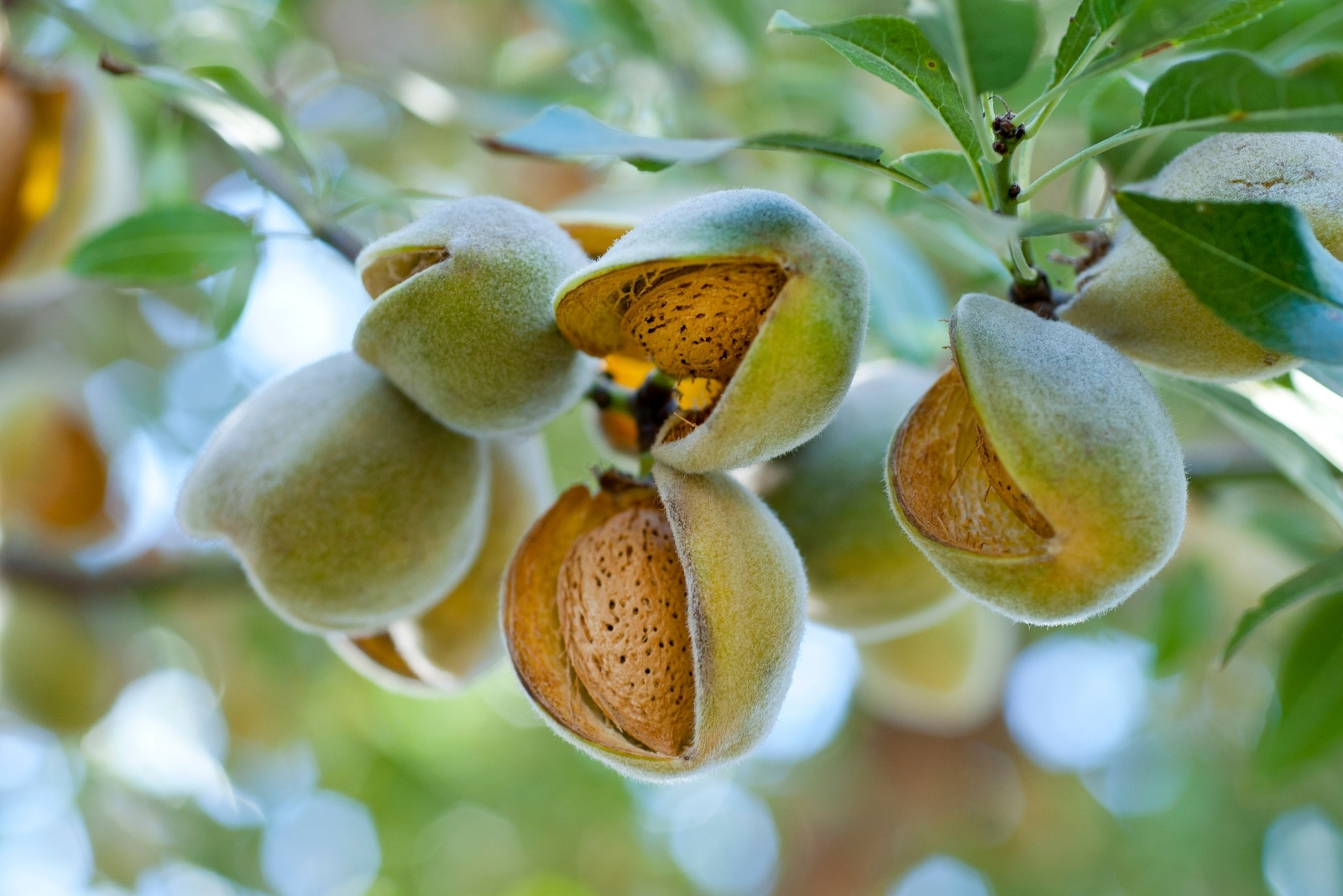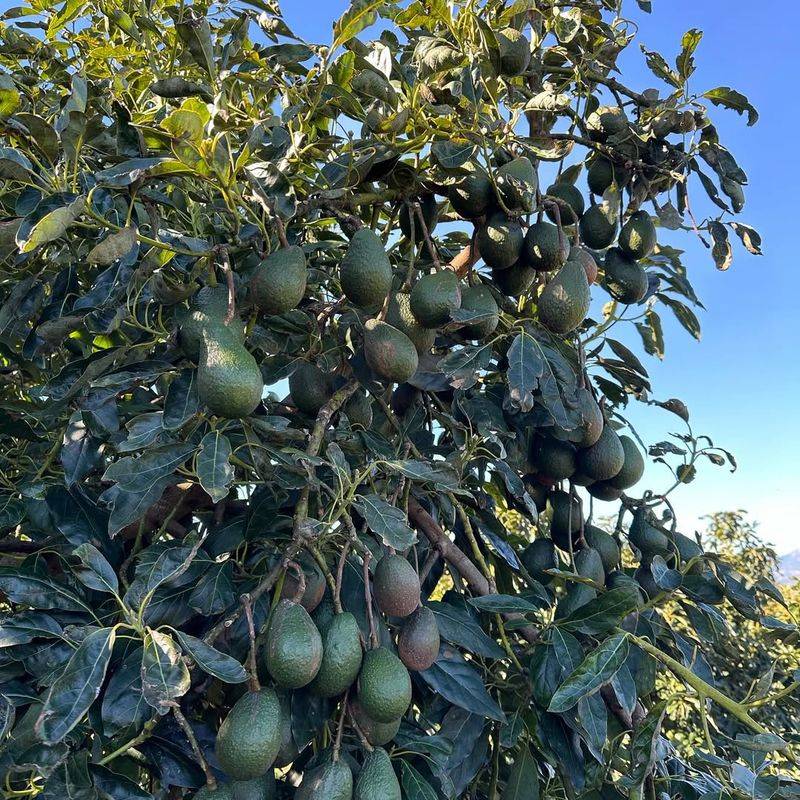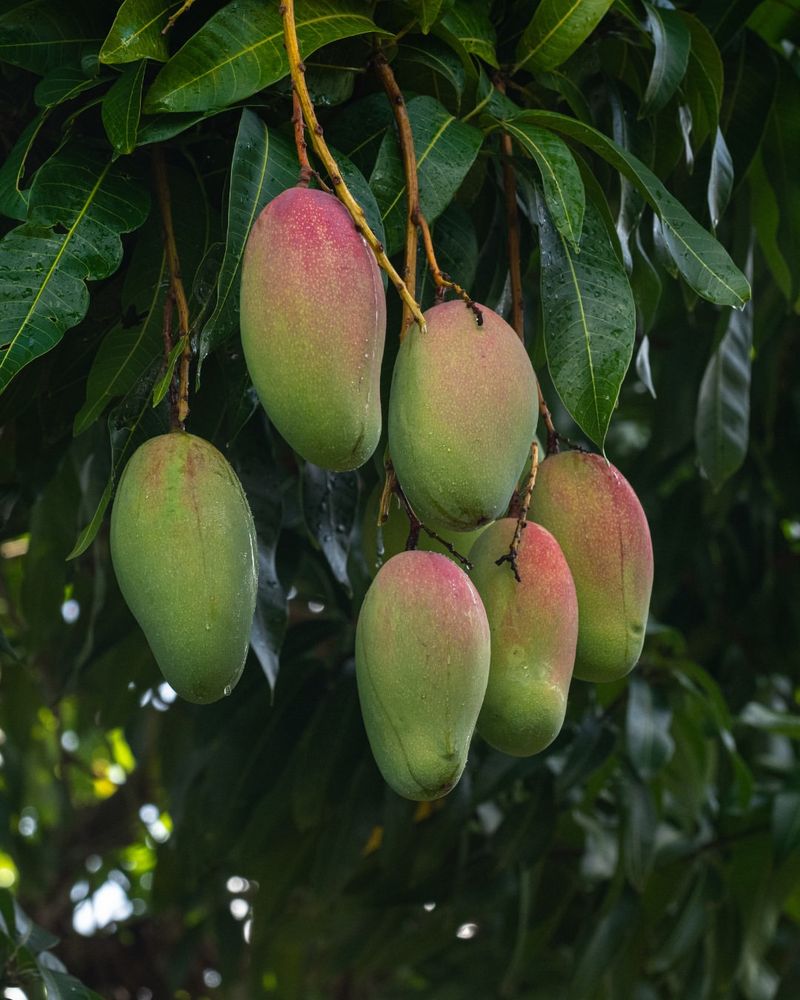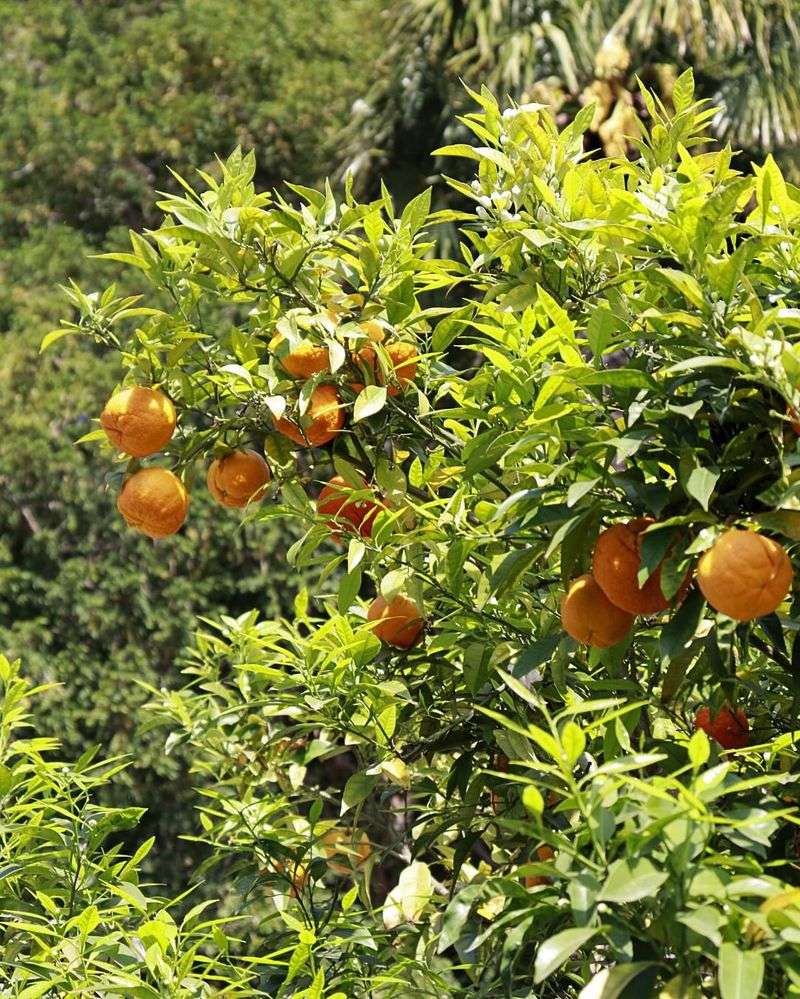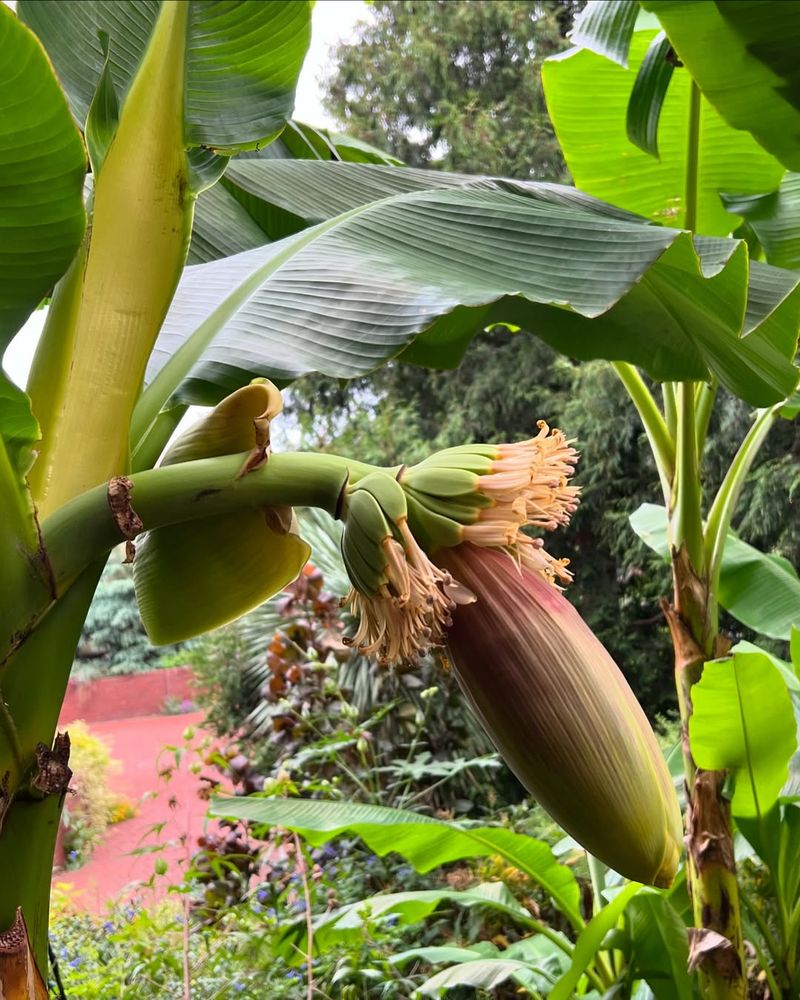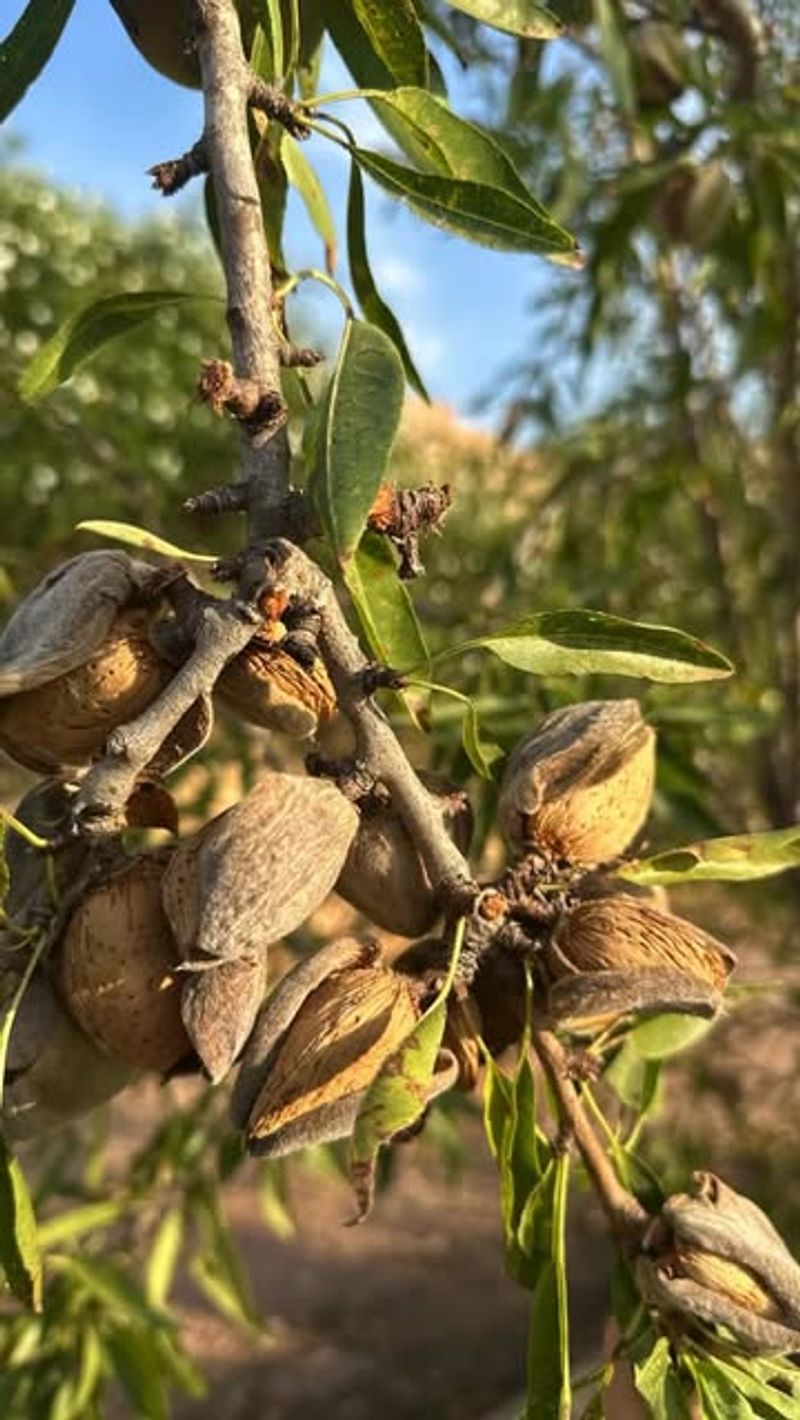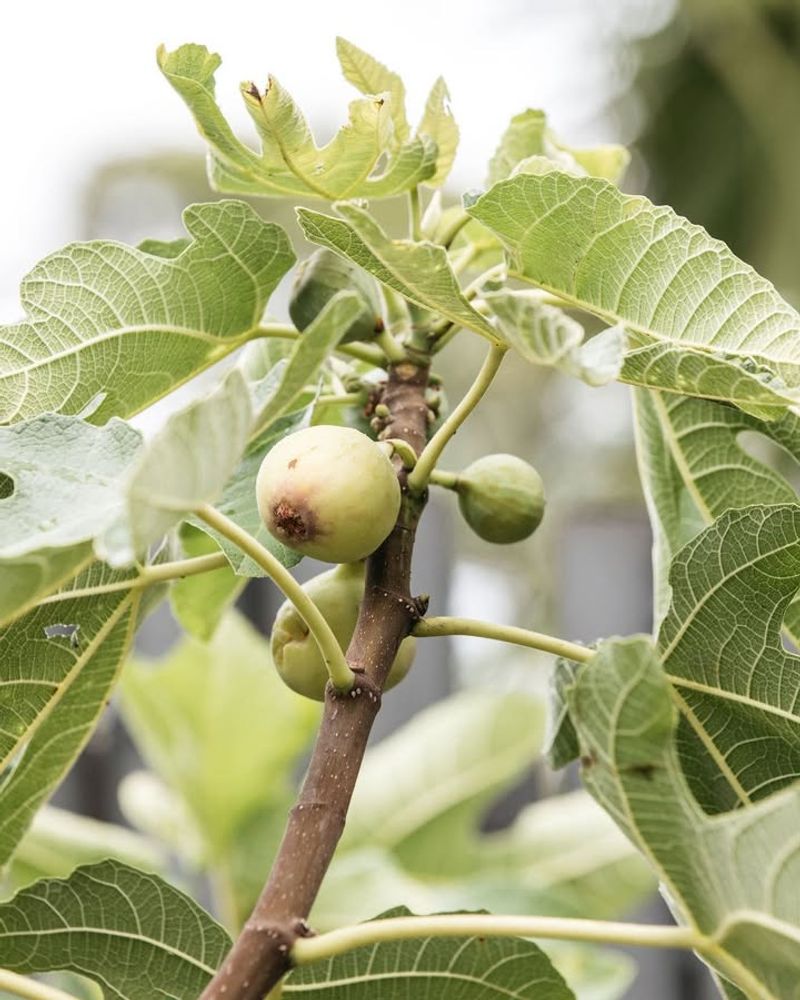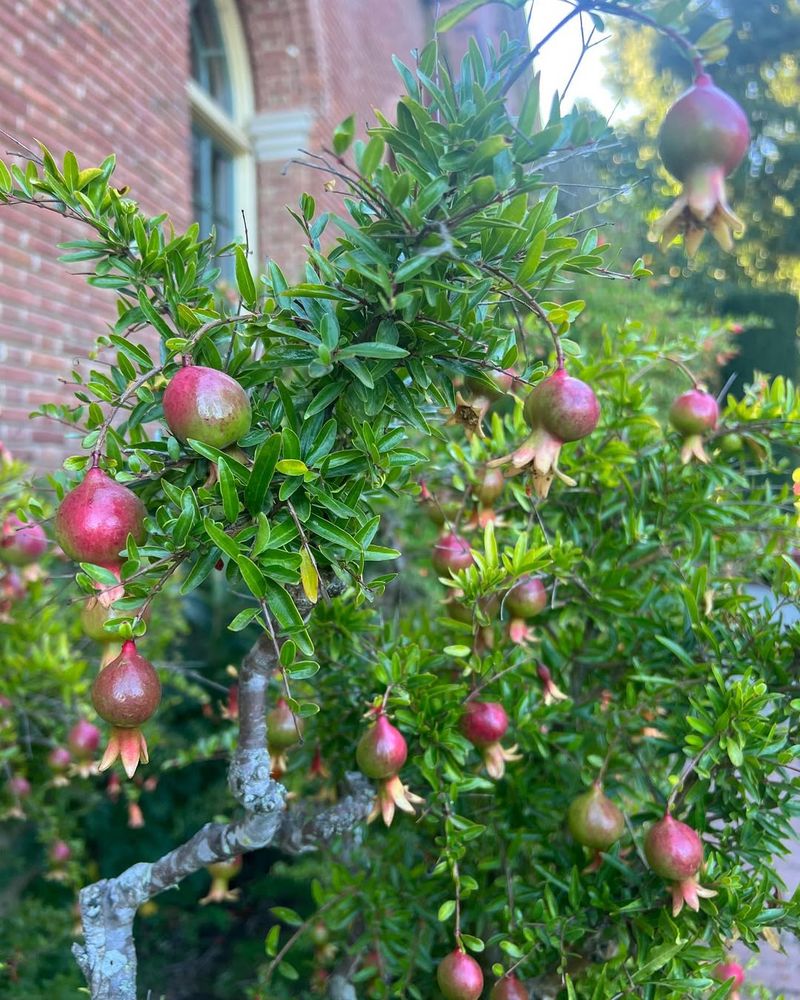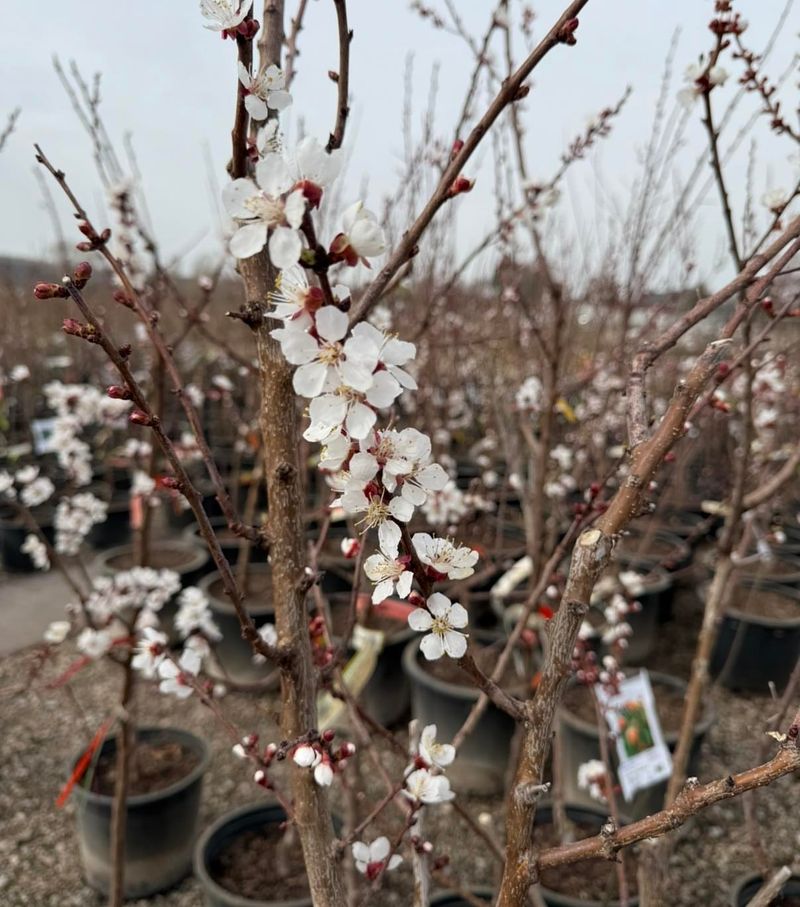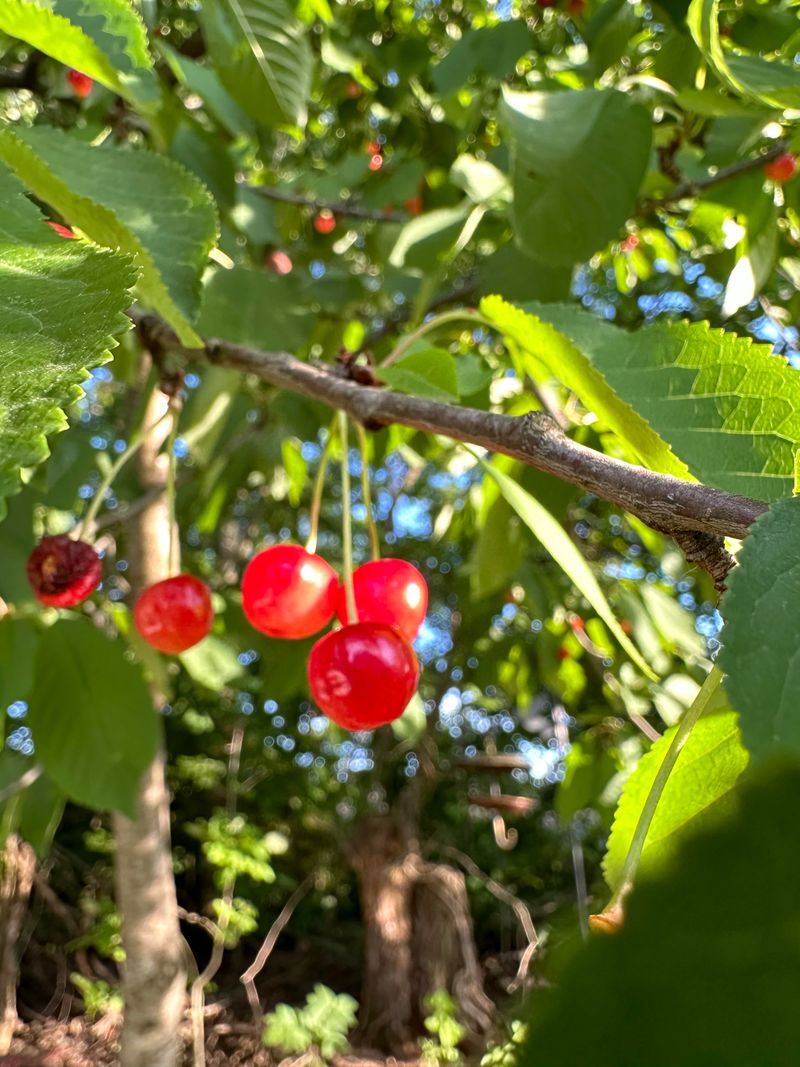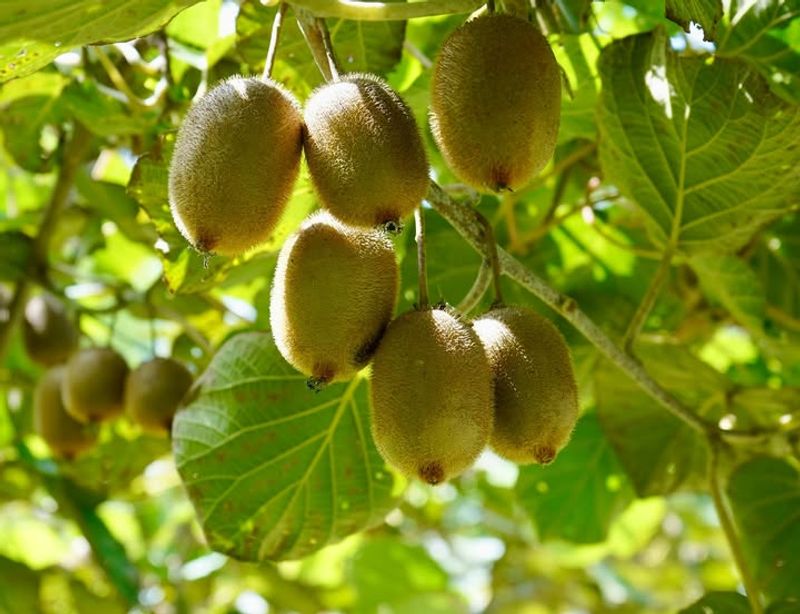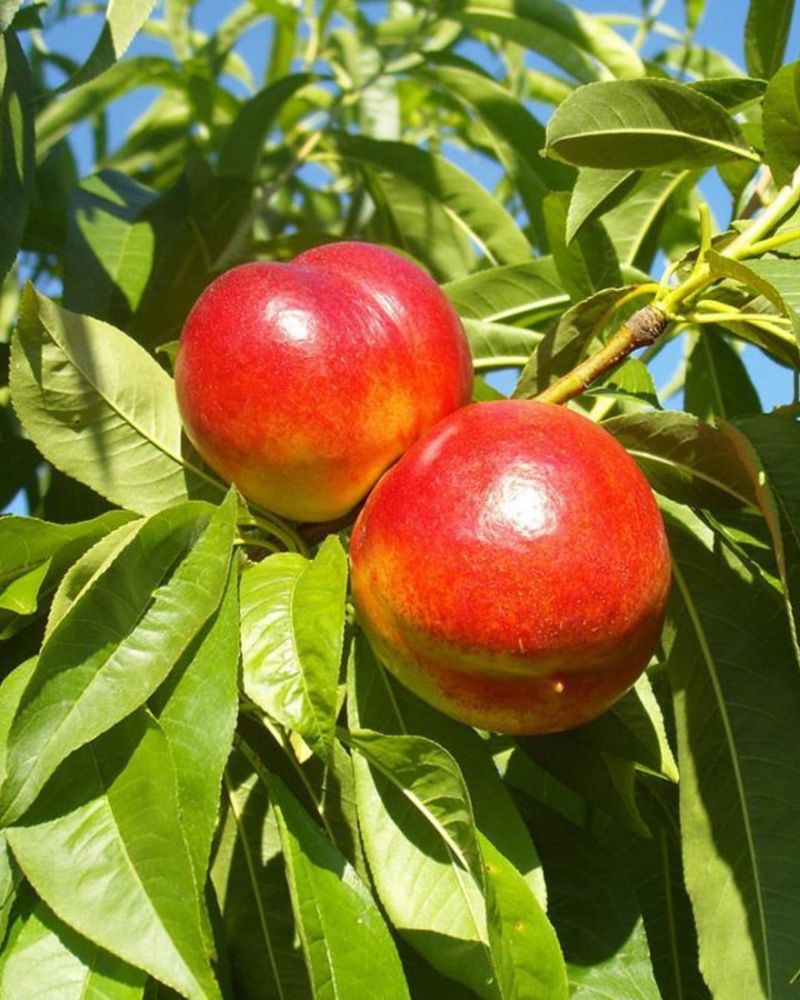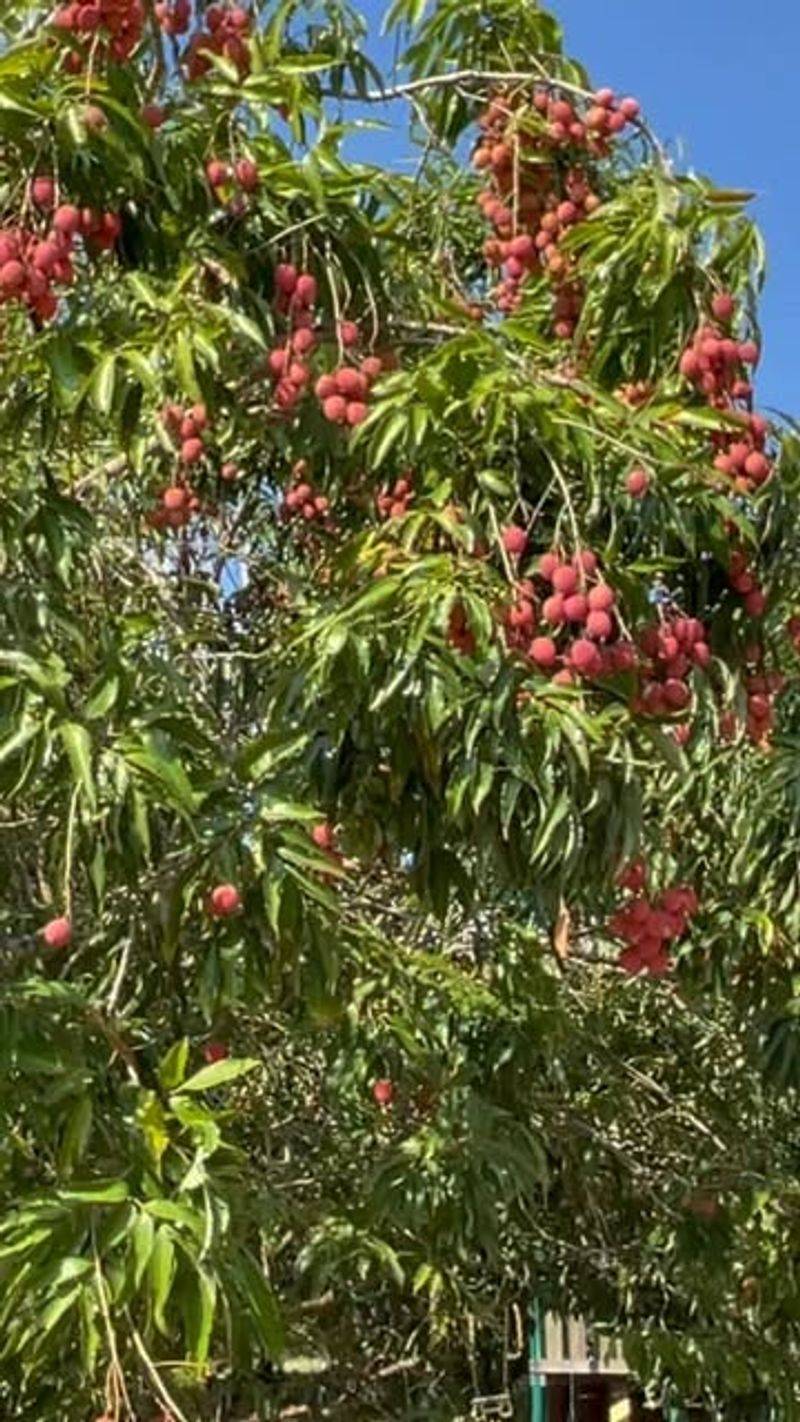Oklahoma’s climate can be tough on certain fruit trees, and planting the wrong ones leads to frustration. Some trees simply aren’t suited to the state’s weather and soil conditions.
Avoiding these mistakes saves time, money, and effort. Here are 12 fruit trees Oklahoma gardeners should skip to protect their yards.
1. Avocado
Cold temperatures spell disaster for these tropical beauties, making Oklahoma’s winter freezes a death sentence. Even in protected areas, avocados rarely survive the Sooner State’s occasional dips below 20°F.
Frustrated gardeners across Oklahoma have tried growing them in containers to bring indoors, but the trees simply don’t produce fruit under these conditions. Save yourself the heartache!
2. Mango
Mangoes crave consistent tropical heat that Oklahoma just can’t deliver. The first winter chill will send these sensitive trees into shock, regardless of how much protection you provide.
Many Oklahoma gardeners have been seduced by the idea of homegrown mangoes, only to watch their investment wither away. Our state’s temperature fluctuations make these tropical treasures virtually impossible to grow successfully.
3. Citrus
Lemon, lime, and orange trees might thrive in grocery stores across Oklahoma, but they’ll struggle mightily in your garden. These sunshine-loving trees can’t handle our dramatic temperature swings and freezing winters.
Even container-grown citrus brought indoors requires special grow lights and humidity controls to survive in our state. The effort rarely results in any worthwhile fruit production for the average home gardener.
4. Banana
Despite their rapid growth, banana plants freeze to the ground every winter in Oklahoma. While they might regrow from the roots, our growing season isn’t long enough for fruit to develop and ripen properly.
Gardeners across the state have been fooled by their tropical appearance and quick growth, but Oklahoma’s climate simply won’t support fruit production. They’re better treated as ornamental plants than food sources in our region.
5. Almond
Early bloomers get punished in Oklahoma, and almond trees are notorious for flowering too soon. Our late spring freezes typically destroy blossoms before any nuts can form, making harvests extremely rare.
The humidity across our state also creates perfect conditions for fungal diseases that plague almond trees. Most Oklahoma gardeners who’ve tried growing almonds end up with diseased, fruitless trees that struggle to survive.
6. Fig
While some fig varieties can survive Oklahoma winters, most will die back to the ground each year. This constant freezing and regrowth means trees rarely develop the mature wood needed for good fruit production.
Oklahoma’s unpredictable spring weather often damages the first fruit crop, and summer drought stresses these moisture-loving plants. Only the most dedicated gardeners with protected microclimate spots see any success with figs.
7. Pomegranate
Oklahoma’s winters typically kill back pomegranate trees to ground level. Even when they survive, our growing season isn’t quite long enough for the fruits to fully develop their characteristic sweetness and color.
Gardeners across the state report that even after several years of growth, pomegranates rarely produce more than a handful of small, tart fruits. The effort and space required simply doesn’t justify the meager harvests in our challenging climate.
8. Apricot
Nothing breaks a gardener’s heart faster than apricot trees in Oklahoma. These early bloomers flower during February warm spells, only to have their blossoms killed by inevitable March freezes.
Even established trees throughout Oklahoma might produce fruit just once every five years when weather conditions align perfectly. The frustration of watching beautiful blossoms appear and die year after year makes these trees poor choices for our state.
9. Sweet Cherry
Sweet cherries need long, cool springs to develop properly – something Oklahoma rarely provides. Our quick transition from winter to scorching summer temperatures leaves these trees confused and unproductive.
Fungal diseases run rampant in Oklahoma’s humid conditions, making chemical sprays almost mandatory. Most sweet cherry varieties also require specific pollinators that don’t thrive in our state, creating another barrier to successful harvests.
10. Kiwi
Regular kiwi vines require long, cool growing periods that Oklahoma simply doesn’t provide. Our summer heat waves cause the vines to shut down, preventing proper fruit development and ripening.
Oklahoma’s wild temperature swings stress these sensitive plants, making them susceptible to diseases and pests. Even hardy kiwi varieties struggle with our state’s combination of late freezes, summer drought, and unpredictable weather patterns.
11. Nectarine
Like their peach cousins, nectarines bloom early in Oklahoma, making them highly susceptible to spring frost damage. Their smooth skin also provides less protection against our state’s numerous insect pests.
Oklahoma’s humidity creates perfect conditions for brown rot and other fungal diseases that plague nectarines. Without an intensive spray program, most home gardeners across the state find their beautiful fruits rotting before harvest time.
12. Lychee
Tropical through and through, lychee trees simply cannot handle Oklahoma’s cold winters. Even a brief dip below freezing will kill these sensitive trees outright, regardless of protection measures.
Oklahoma gardeners seduced by exotic fruit dreams quickly discover the futility of growing lychee in our continental climate. The stark reality is that our state lacks the consistent warmth and humidity these Asian natives require to survive, let alone produce fruit.

